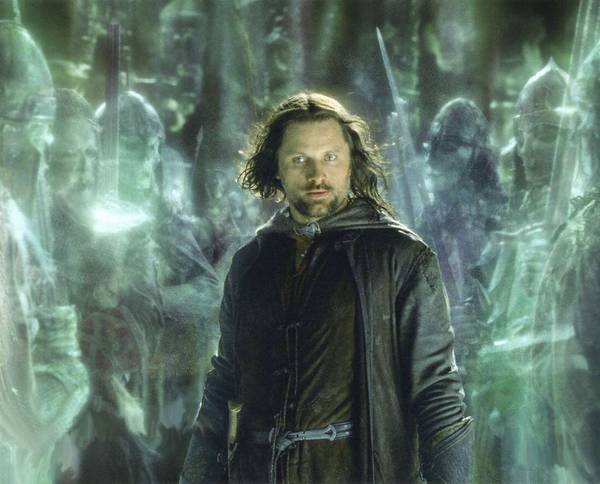One of Catholicism’s greatest contributions is the great artists it has produced. I have written elsewhere about how the deeply incarnational and sacramental vision of Catholicism helps to inspire art that works at a deeper level than anything the world (and non Catholic Christians) can produce.
One of the best examples of this is the comparison between Tolkien and Lewis.
J.R.R.Tolkien wove his Catholicism into The Lord of the Rings at the deepest of levels.
Not content to write a quasi-allegory like his friend C.S.Lewis in The Chronicles of Narnia, Tolkien eschewed the too easy one-to-one symbolism and created a whole other world that reflected and echoed the reality of this world.
Lewis’ books, for all their charm, genuine beauty and insights remain didactic and superficial compared to Lord of the Rings
Tolkien’s work–which took much longer to complete–is much richer and the Catholic imagery operates within it at a much more profound and subtle level.
In Tolkien’s Middle Earth the characters work through the same themes of good and evil, death and resurrection, bondage and redemption, pity and blame–but they do so in their own world and in their own way.
One of my favorite examples of this is Strider-Aragorn going through the realm of the dead, and bringing the forgotten warriors with him to fight another day and for a better cause.
Aragorn–the long awaited king– chooses to go along the Path of the Dead to redeem them by holding them to their broken oath to fight the great evil Sauron.
The dead are imprisoned in the dark lands until the king can come at last, fulfill the prophecy and bring them into the light of day.
Without a knowledge of the traditional Catholic teaching about Holy Saturday the Christian meaning might be lost on us.
However, once you take a look at that tradition everything clicks into place
So Tolkien echoes the great medieval stories of the Harrowing of Hell–in which Christ the victorious King unlocks the gates of hell, brings light into the darkness and preaches redemption to the captive souls.
Tolkien wanted to write “a myth for the English people” and he brought his enthusiasm for medieval Anglo Saxon literature into The Lord of the Rings. The story of the harrowing of hell was not only part of Christian apocryphal scriptures and the teaching of the early church fathers, but it was also woven into the poetry of Caedmon and Cynewulf.
Tolkien brings all these strands together and integrates them into his plot line so echoing Christ’s descent into the realm of the dead and his rescuing of the imprisoned souls.
Aragorn likewise brings the dead into the light of life.
Reflecting Christ, Aragorn says that he will go through the Paths of the Dead even if he must go alone for it is his destiny and part of his own re-making, for as he goes through the trial all of his own self doubt and weak leadership evaporates and this test not only helps to bring the victory to the battle for Gondor, but it also makes him the king he was meant to be.
Not wishing to draw the analogy too far, Christ Jesus does not need to be completed to be king, but it is in his passion and resurrection that his kingship is completed and fulfilled by his victory over death and hell.
So what of the realm of the dead now–today on Holy Saturday?
The gates that once were locked are open. The great doors of the prison are broken.
We see on Holy Saturday that Christ rescued all those who were redeemed before his incarnation, but what if we were to speculate that the prison gates of hell are truly broken forever, and that it is no longer a prison, and even that those who are in hell are free to leave.
But the terrible thought then follows that they remain in hell because, for them, heaven would be a worse torture for to gain entrance they would have to bow the knee and follow Christ the King.
To help pay for hosting, design and maintenance and to keep this blog free of all ads consider becoming a Donor Subscriber. Go here to learn more.







Father,
I really enjoyed reading the Lord of the Rings and saw many of the Catholic themes running thru the books. I will admit that I missed this one. Thanks for pointing it out and I hope that we will be able to take the Holy Land cruise this fall.
Jeff